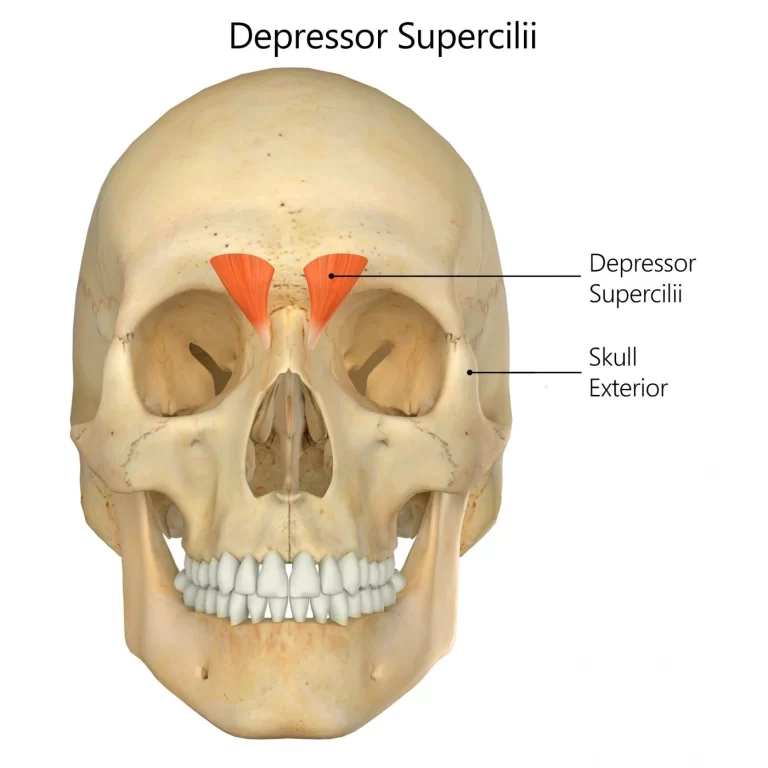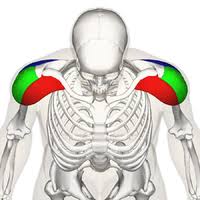Superior Rectus Muscle
Introduction : The superior rectus is one of the 7 extraocular muscles. There is a total of 4 rectus muscles, 2 oblique muscles, and the levator palpebrae superioris. The superior rectus is one of the 4 rectus muscles, which also include the superior rectus, the medial rectus, and the lateral rectus. The oblique muscles are…










